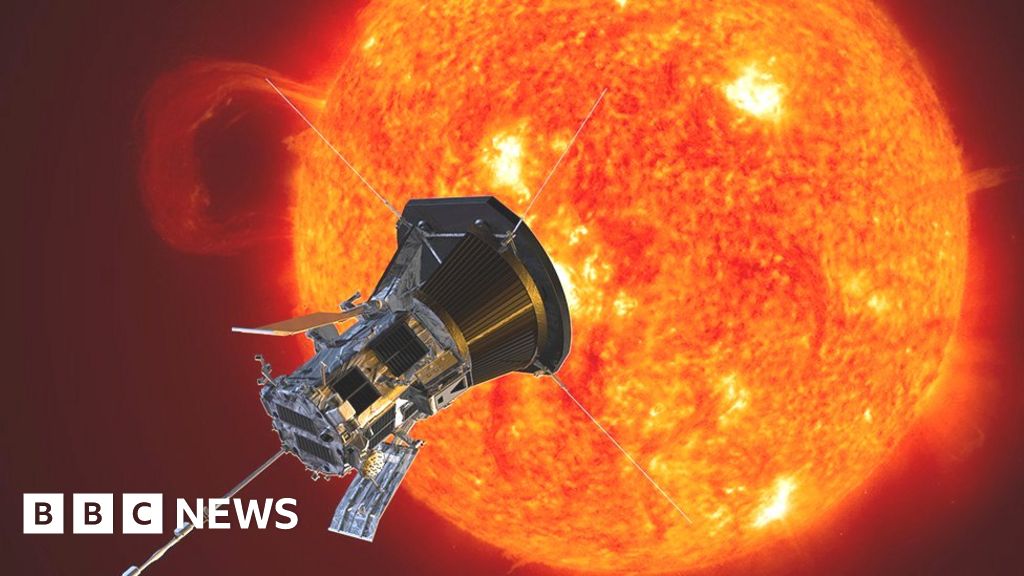- cross-posted to:
- [email protected]
- cross-posted to:
- [email protected]
Little by little, the night turns around… counting the leaves, which tremble at dawn… oh wait it’ll only reach the surface, my bad.
Serious now. About the corona (sun “atmosphere”) being hotter than the photosphere (sun “surface”), the mission itself might give clues on why, but I think that it’s the wrong question:

It’s less about the corona being hot and more about the photosphere being comparatively colder. My guess is that something in the photosphere composition reflects energy, either back to the nucleus or into the corona, and that a lot of the 1.3% of the Sun that are not hydrogen or helium are there.
One would hope that they actually crash the satellite into the Sun during the last flyby in order to get more data, or maybe it is not how these things work, idk
They did that with Cassini tho. Maybe we’re up for a repeat
This is the best summary I could come up with:
A year from now, on 24 December, Nasa’s Parker Solar Probe will race past the Sun at the astonishing speed of 195 km/s, or 435,000 mph.
This is equivalent to the Moon landing of 1969," the Johns Hopkins University Applied Physics Laboratory scientist told BBC News.
It’s also within the corona region that the outward flow of charged particles - electrons, protons and heavy ions - suddenly gets accelerated into a supersonic wind moving at 400 km/s, or 1,000,000 mph.
“This takes on a new dimension, especially now that we’re thinking of sending women and men back to the Moon and even setting up a permanent presence on the lunar surface,” Dr Raouafi said.
The coming year will be the apex of Parker’s mission; it won’t be able to get any closer to the Sun beyond December, not least because its orbit will no longer afford swingbys of Venus to train its trajectory onto an even tighter path.
But to go any closer would also risk shortening the shadow cast by Parker’s big shield, exposing the rear of the spacecraft to intolerable temperatures.
The original article contains 673 words, the summary contains 183 words. Saved 73%. I’m a bot and I’m open source!



